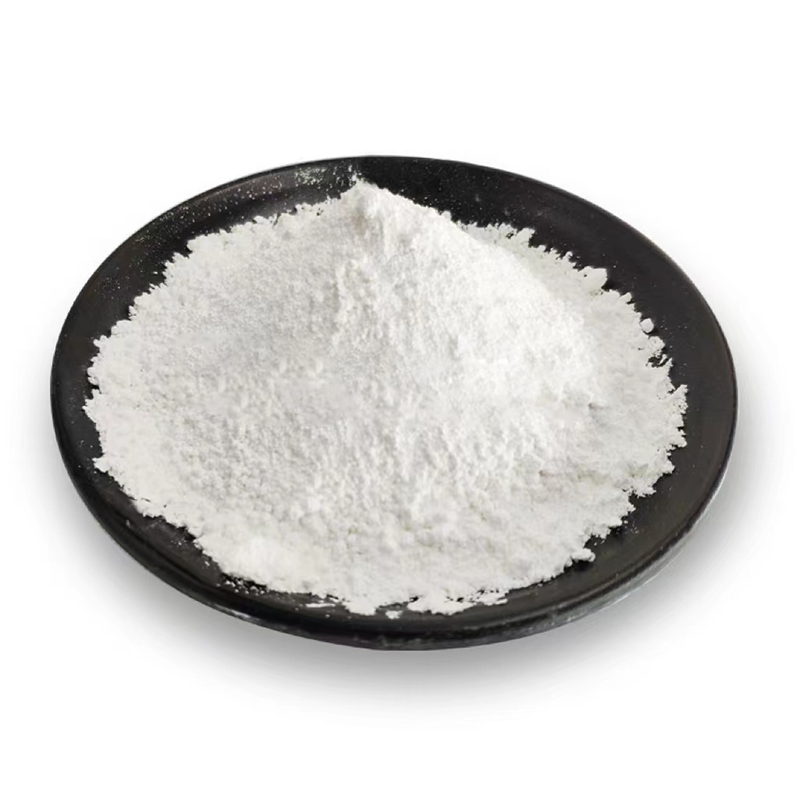Toxic effects of TiO2 on ecosystem
Wide use of TiO2 nanoparticles in personal care products viz., shaving creams (< 0.01 μg/mg), toothpastes and sunscreens (1% to > 10% titanium by weight), foods and household products leads to its release through human excreta, washed off of surfaces, or disposed of to sewage that enters wastewater treatment plants and in bio solids which will be further applied to soil as fertilizer.
As per report on WWTP, raw sewage contained 100 to nearly 3000 μg Ti/l. Treated effluent was found to contain TiO2 particles with 4 and 30 nm particle size. After waste water treatment, effluent was found to contain from less than 5 µg up to 15 µg of nano-TiO2/l. Presence of TiO2 nanoparticles into the environment affects phytoplankton and coastal ecosystems that support fishing and recreational activities. Algae are primarily used as biological marker in aquatic system to study biological toxicity of pollutants. TiO2 nanoparticles inhibit algae by causing membrane structure deformation due to increased lipid peroxidation.
TiO2 nanoparticles exhibit more cellular toxicity in anatase due to increased amount of intracellular reactive oxygen species (ROS). The nano bio interfacial interaction of anatase TiO2-NPs with EPS of algae showed higher algal toxicity than that of rutile TiO2-NPs. Growth rate of freshwater green algae predominant in North America viz., Scenedesmus quadricauda, Chlamydomonas moewusii and Chlorella vulgaris, was found to be inhibited due to the presence of TiO2 nanoparticles in freshwater microcosms. Combination of anatase and rutile showed more toxicity and antagonistic effect on freshwater algae Chlorella.
- The 24th China International Agrochemicals & Crop Protection Exhibition (CAC2024) has Officially Opened1208
- IBI was Invited to Visit Jazan and Riyadh, Saudi Arabia for Cross-border Cooperation1283
- Focus GOO, The 2024 (5th) Global Oil and Oilseeds Industry Summit was held in Nantong1286
- LYDD was invited to attend the Trade Promotion and Exchange Conference of the China Chamber of I/E of Foodstuffs, Native Produce and Animal By-products(CFNA) with representatives of Mato Grosso State from Brazil1288
- Mr. Yang Junhao, General Manager of the Malaysia Palm Oil Board (MPOB) China Office and his delegation visited LYDD again1136








